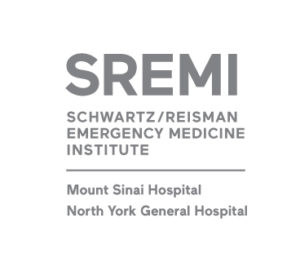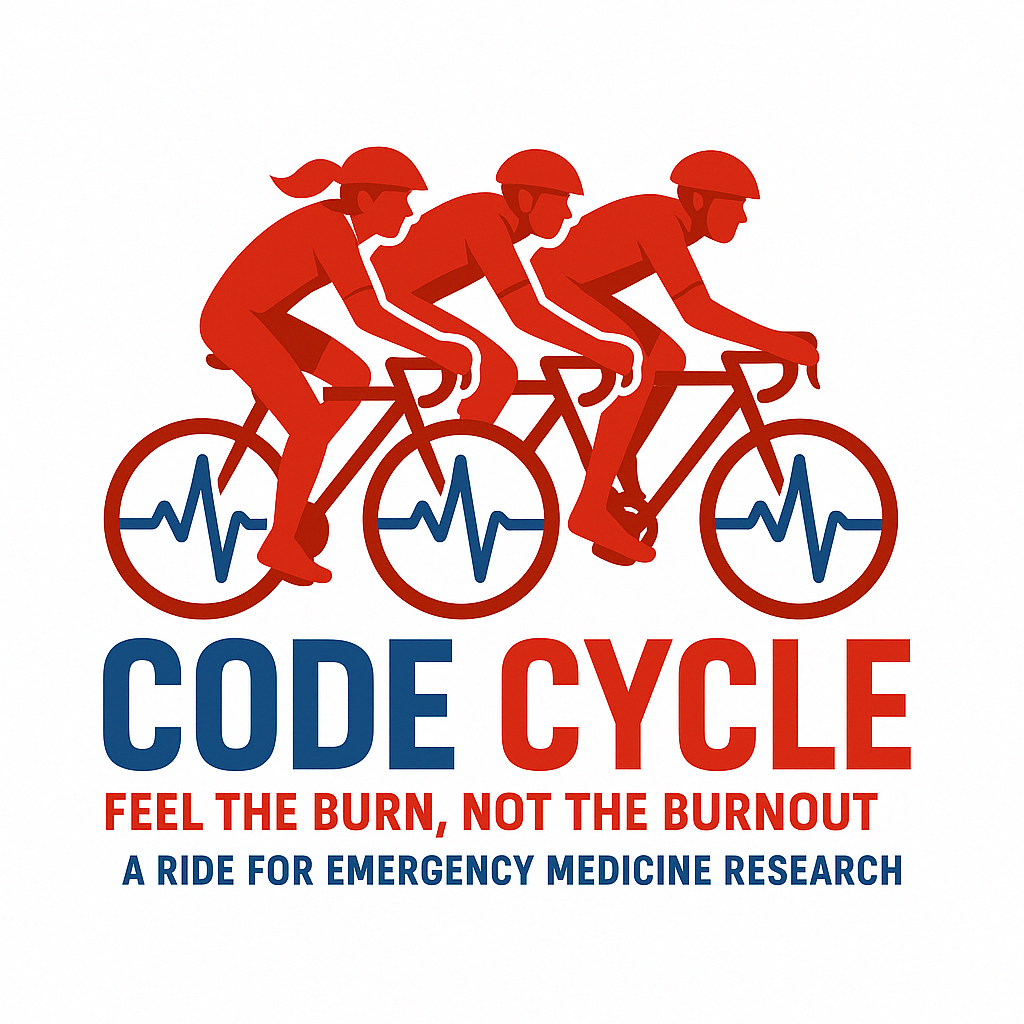Quality Improvement and Patient Safety (QIPS) Grants are to support initiatives targeted at improving any of the dimensions of healthcare quality (i.e. safety, timeliness, efficiency, equitability, effectiveness or patient-centeredness), on a local or broader level. Projects submitted for the QIPS Grant Competition must utilize QI methodology (e.g., Model of Improvement, Plan-Do-Study-Act cycles, rapid iterative improvements). These are two available grants, valued at $2,500 each.
Applicant Criteria
- The principal investigator (PI) and Co-PI (if applicable) must both be current CAEP members at the time of application and when receiving grant funds.
- The application requires the submission of the CV of the PI and co-PI (if applicable).
- Trainees from the following programs are eligible to be named as the PI:
- A Canadian EM residency program
- A PhD or post-doctoral trainee with EM-focussed research
- A trainee within a Canadian EM post-residency subspecialty fellowship program.
- If the PI is a trainee, they should be mentored by an experienced researcher who should be identified as the co-PI
- PI/Co-PI’s are responsible for all aspects of the project and grant, including coordinating financial and administrative aspects, as well as leading the intellectual direction of the proposed activities.
- Either the PI or the Co-PI must satisfy all of the following:
1 – Be eligible to hold research funds at their institution (which must be within Canada); and,
2 – Be eligible to apply to their local research ethics board as a PI;
3 – Be a clinician working within the field of emergency medicine or a non-clinician researcher whose focus is emergency medicine
*Area of fellowship training must be mentioned in the required letter of support from the fellowship director.
Submission Instructions
- Projects submitted for the QIPS Grant Competition must utilize QI methodology. Projects that involve the study of the effectiveness of a single intervention or studies on the topic of quality/safety utilizing clinical epidemiology or research methods will not be considered.
- Projects must be based on a defined problem statement and have the primary purpose of improving the stated problem. They must include an improvement aim and show plans for an iterative approach (e.g., using Plan-Do-Study-Act cycles, and/or the Model for Improvement), for repeated data sampling and measurements, and for an evaluation consistent with QI principles (e.g., run or control charts).
- CAEP expects that authors follow any local guidelines for ethical review of QI projects, and that they seek Research Ethics Board (REB) approval or proof of exemption from their local institution’s REB Board.
- A letter from the project’s sponsor is required (more details below).
- For additional details on features of high-quality QI methodology, refer to the SQUIRE 2.0 Guidelines.
The submission process includes the following sections:
- Title: Enter the title in sentence case. Do not put the title in quotation marks.
- Structured abstract (<300 words):
- Headings must include:
- Background/Rationale
- Planned Methodology
- Expected Results
- Impact
- QIPS Research Protocol (<1200 words excluding references): Recommended subheadings (which mirror the evaluation matrix projects will be evaluated against) include:
- Problem and Background: What is the quality gap/problem that you are trying to improve, and how do you know that there is an issue at all (locally or generally)?
- Rationale/Importance and Benefits: Why is this an important problem to tackle (e.g., frequency & relevance to emergency medicine), and what are the expected benefits for patients and/or providers?
- Aim Statement: What is the aim of this project? (E.g., what are you trying to achieve, by how much, and by when?)
- REB, Scope and Infrastructure/Support/Context: What are the things (people, tasks, processes) that this project will and will not touch on, how feasible is it within the local context, and is Research Ethics Board (REB) approval/exemption necessary?
- Measures & Evaluation Plan: What is/are the measure(s) that you will track, and what is your data/evaluation plan?
- QI Methods and/or Change Ideas Planned: Which QI methods have you/will you utilize in this project, and what are your potential change theory/ideas (if already known)?
- Project Leader, Sponsor, and Stakeholders: Who are the team leader(s), sponsor(s) and members, what will be their respective responsibilities and how well-prepared are they for success? How will stakeholders, including front-line healthcare providers and patients/families, be engaged in the development of tests of change and evaluation of impact?
- Resources: What resources will you require – human, equipment, authorizations and permissions, etc.?
- Tables and figures: Upload as attachments with specific labels for cross-referencing.
- Conflicts of Interest
- Timeline
- Impact of the Proposed Study (<300 words)
- Knowledge Translation (<300 words)
- Budget and Justification
- Investigative Team: List all applicants, describing their role and time commitment on the project, starting with the PI and co-PI (if applicable).
- Appendix (including references)
- CV of the primary investigator
—–
Submission Limit: There is no limit for the number of unique grant proposals that a person may submit. Note that if one proposal is submitted to multiple categories (Junior Investigator, EMAF, and QIPS), it will only be considered for the lower-valued grant category.
Review & Scoring Process
- Applications are not blinded for the reviewer.
- Each grant proposal is assigned to three reviewers (outside of their university or hospital).
- Assigned reviewers can declare a conflict of interest to have the proposal re-assigned.
- Proposals submitted to multiple categories (Junior Investigator, EMAF, and QIPS), will only be considered for the lower-valued grant category.
- The reviewers are given approximately 2 weeks to review all their assigned proposal using standardized method-specific review criteria.
- In their evaluation of the QIPS Grants, the reviewers will consider all documents submitted, with an explicit emphasis on the items listed in the “QIPS project in depth” section.
- Once all of the reviews are submitted, the scores are ranked using the average score from the three reviews.
- The top proposals by rank are further reviewed by the Research Committee Chair and the two other committee members to ensure that the applicants are appropriately qualified.
- CAEP reserves the right to limit the number of grants offered in a given category if too few applications meet a minimal quality standard (to be determined by consensus annually).
- Notifications will be emailed to the PI by April 19, 2026.
Reviewers consider:
- Problem and background
- Rationale/importance and benefits
- Aim statement
- REB, scope and infrastructure/support/context
- Measures & evaluation plan
- QI methods and/or change ideas planned
- Milestones and timelines
- Project leader & sponsor, and stakeholders
- Resources/budget
- Overall impression and impact
Click here to download the scoring matrix.




